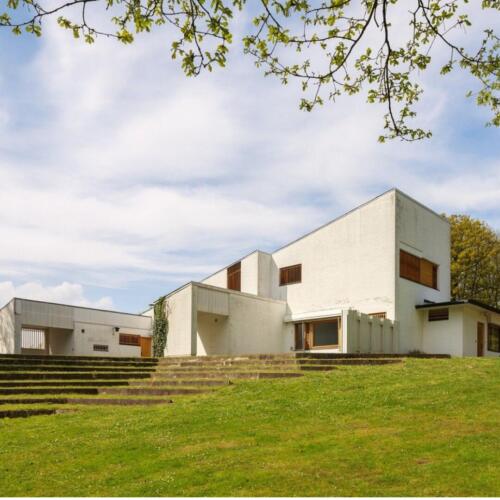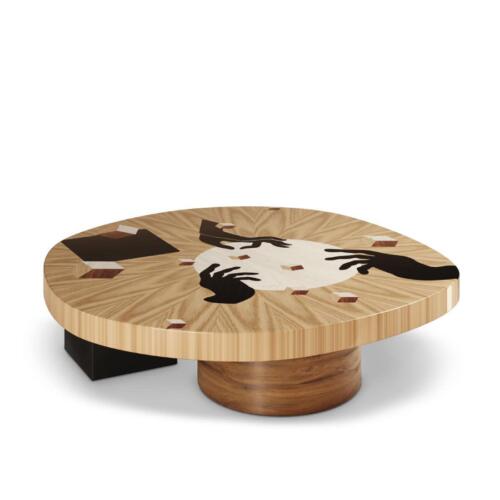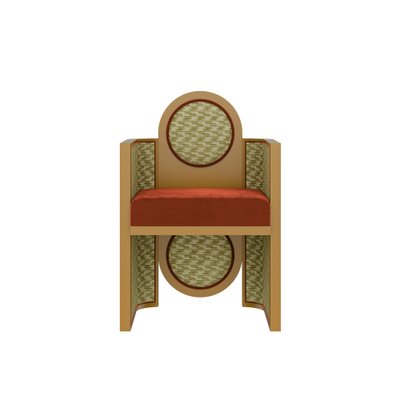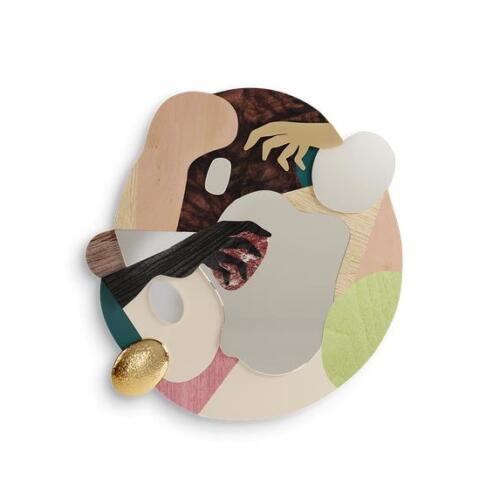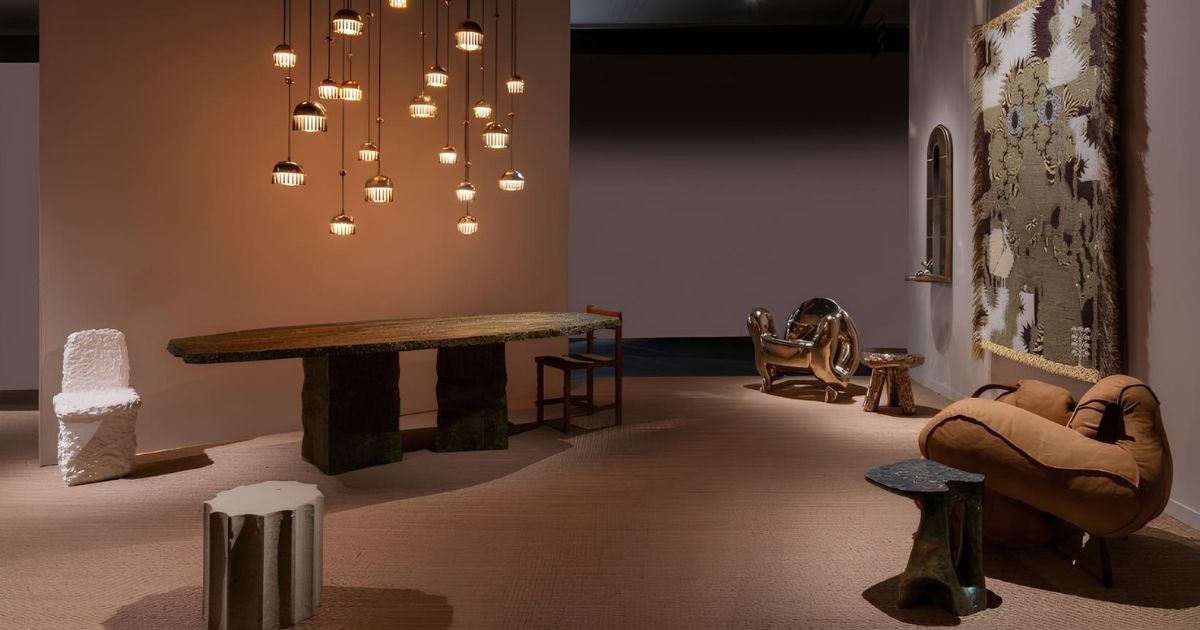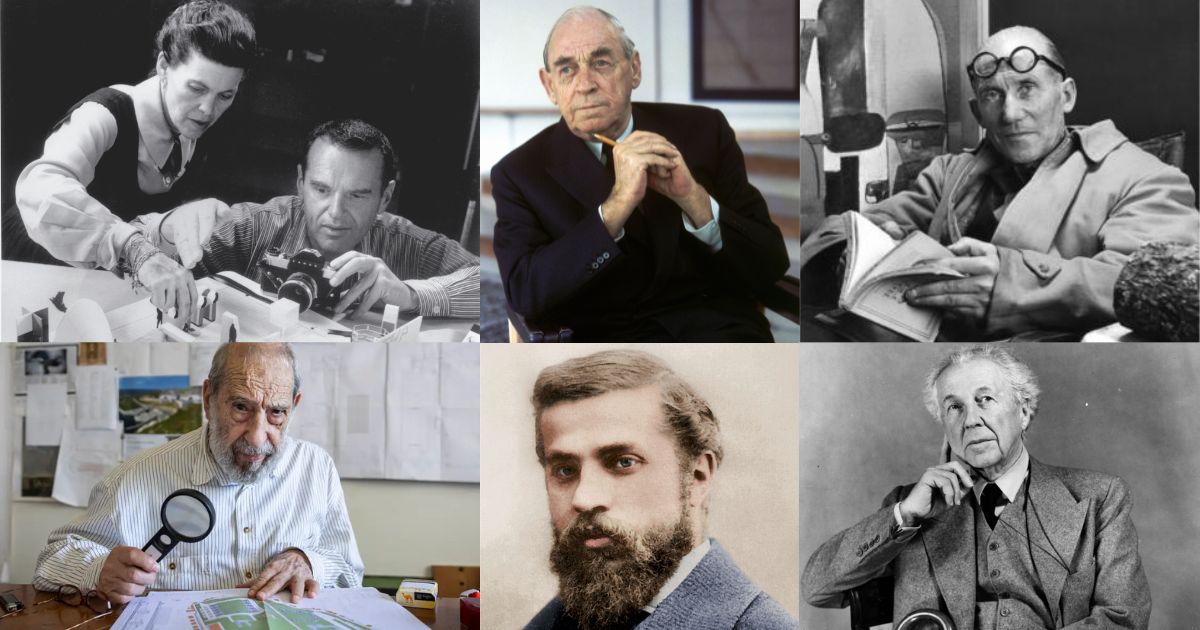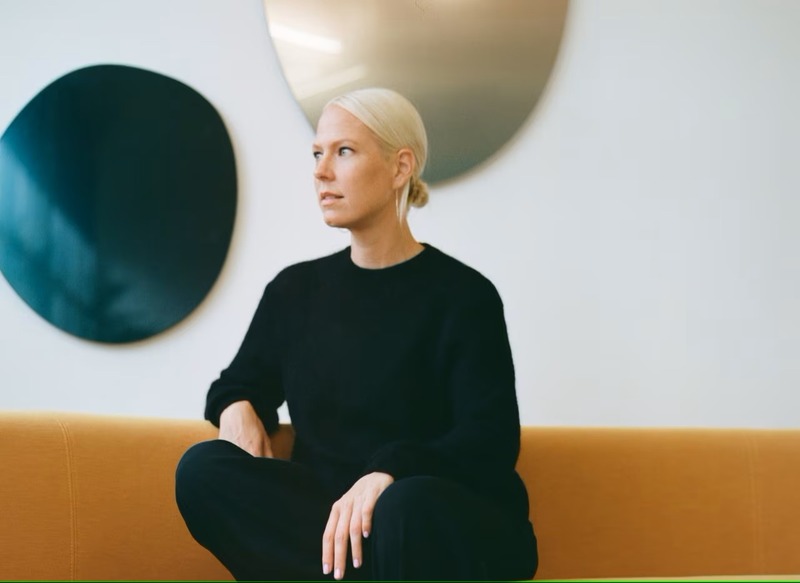
Alvar Aalto: The Remarkable Rise of Organic Modernism Legacy
Alvar Aalto
In a world where design increasingly strives for harmony between nature, well-being, and form, the legacy of Alvar Aalto stands as a timeless reference. The Finnish architect and designer prioritized comfort, ergonomics, and natural materials at the heart of every project, creating immersive environments where each element was carefully designed to harmonise with both humans and nature.
In the early 20th century, while others pursued industrial perfection, Alvar Aalto turned to nature, curves, and wood. What began as a childhood fascination nurtured by his grandfather’s stories of the Finnish forest evolved into a design language defined by soft lines and quiet strength.

Alvar Aalto & Wood-Bending Innovation
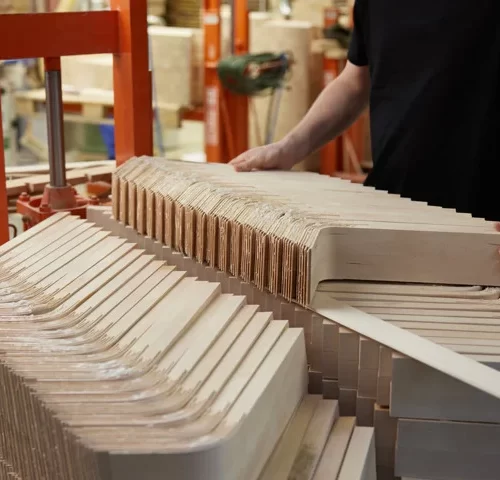
To Aalto, wood was never passive: it bent, breathed, and resonated, much like the lives it touched. His work offered a way to soften the rigidity of modernism, grounding it in warmth, tactility, and a deep emotional connection to the human experience.
Bending wood into motion, Alvar Aalto turned craftsmanship into choreography. In collaboration with cabinetmaker Otto Korhonen, he transformed local birch into a medium of movement, grace, and structure. Through steaming, slicing and layering lamella wood, Aalto developed a method that allowed timber to bend without losing strength, resulting in forms that carried the strength of steel, while radiating the softness of the forest.
Curved Wood in Timeless Designs
Alvar Aalto’s expertise in wood-blending helped define a softer, more human modernism. One where function and emotion could coexist, that shines through in some of his most celebrated pieces. From the flowing laminated wood details in Viipuri Library’s interiors to his iconic furniture, such as the ergonomically crafted Paimio Chair, the versatile Stool 60, and the elegantly Wall Shelf 112, Aalto blended natural materials with innovative design.
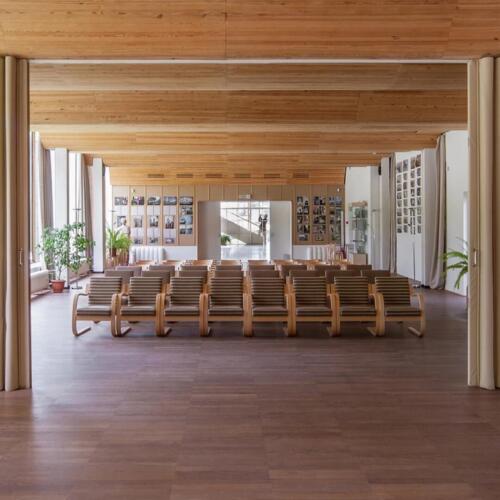
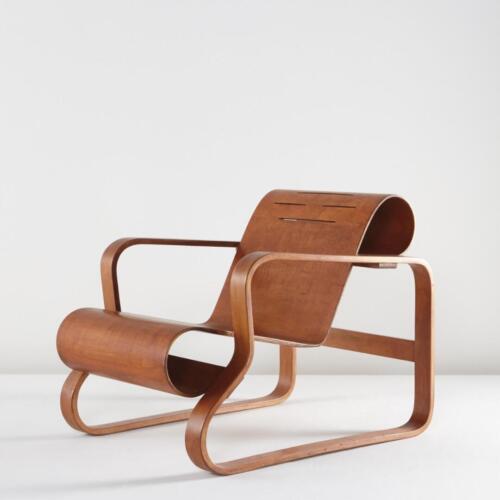
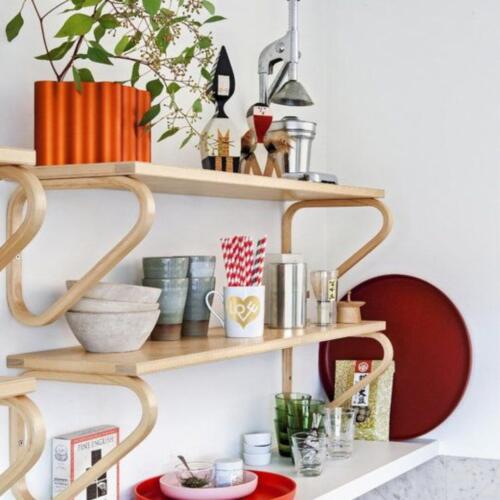
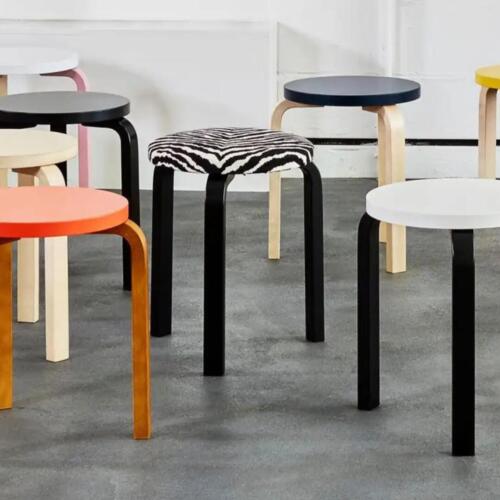
Shaping Organic Modernism
Alvar Aalto’s work transcended his time, planting the seeds for Organic Modernism decades before it gained momentum. His innovative use of natural materials, flowing forms, and human-centered designs anticipated a shift away from rigid industrial modernism toward a softer, more empathetic approach.
Organic Modernism is all about the harmony between the built environment and nature, where minimalism meets the natural world through soft curves, asymmetry, and materials like wood, stone, and greenery. It’s the new way to do luxe minimalism: sophisticated yet inviting, functional yet deeply human.
As Aalto famously said, “Form follows function, but also emotion.” This balance is exactly what the style embraces creating calm, tactile spaces that respond to today’s need for natural, grounded environments amid our fast-paced digital lives.
Contemporary designers like Shigeru Ban continue this legacy through his masterful use of wood bending and laminated timber, crafting buildings and furniture that celebrate the material’s natural warmth and flexibility. Ban’s works, such as the Paper Church and various wooden pavilions, reflect the same fusion of innovation, nature and organic modernism that Aalto pioneered.
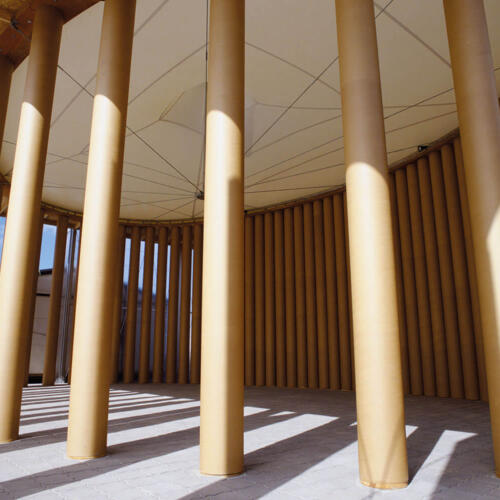
A Legacy That Inspires
Today the echoes of Aalto’s vision are unmistakable in interiors that celebrate wood blending and lamella techniques whether in sculptural furniture, bespoke lighting, or architectural details that curve with natural grace. Isn’t it remarkable that Alvar Aalto’s designs, anticipated a movement that would define 21st-century interiors nearly a century in advance?
Impressively, his work continues to inspire today’s design innovators and serves as a masterclass in anticipating the future by deeply listening to nature’s forms and human needs.
